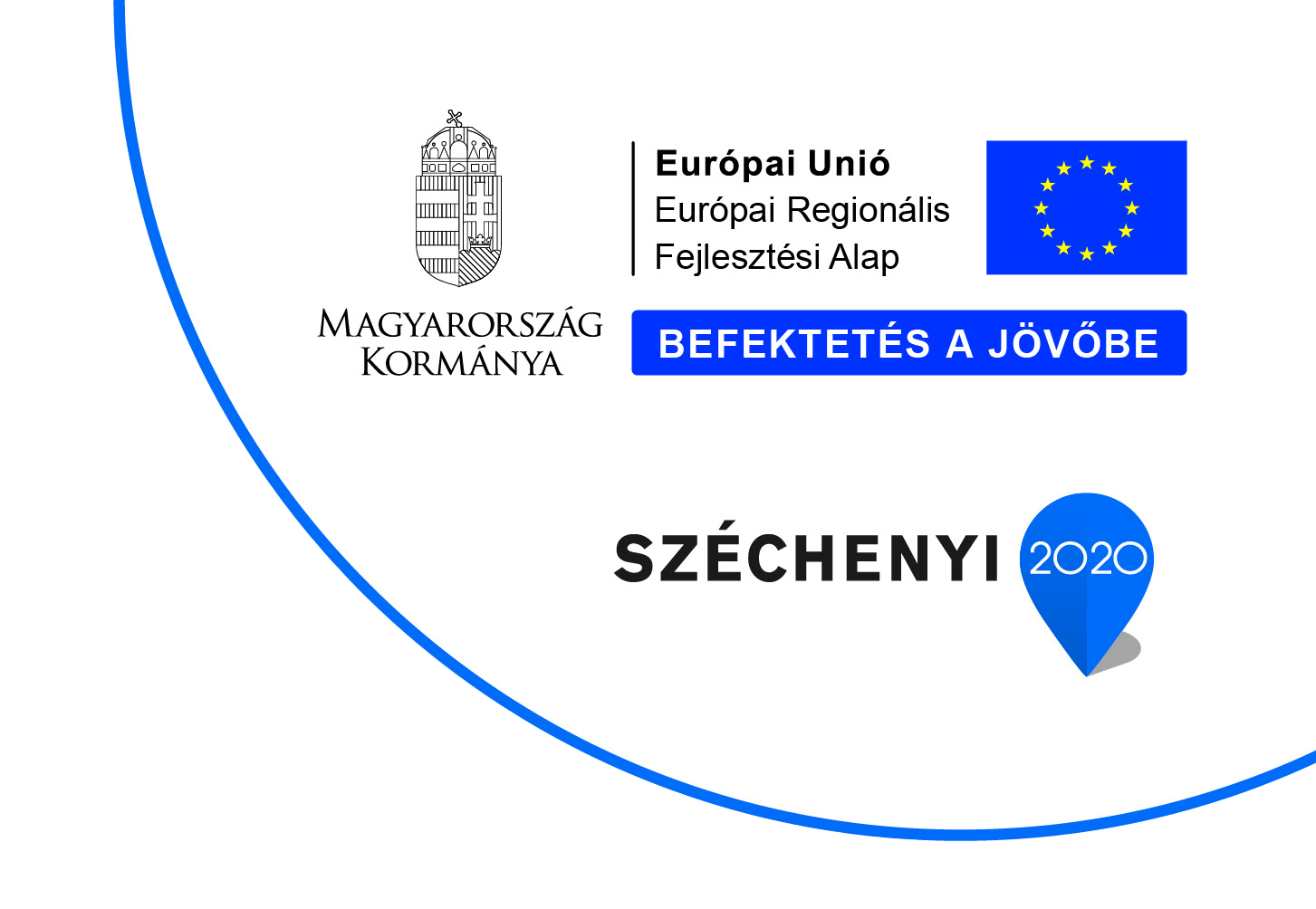ThalesNano is already well-known for its novel solutions in revolutionizing heterogeneous catalytic hydrogenations with its H-Cube® hydrogenator, while the expanded H-Cube series of fixed bed reactors offers a broad range of chemistry applications. With a wide portfolio of different catalysts available in our proprietary CatCart® catalyst cartridges ThalesNano is also heavily involved in the development, of novel catalysts, screening and profiling of catalysts.
In this application note we share the results of the optimization of the flow rate and temperature during the stereoselective hydrogenation of diphenyl acetyle. Furthermore, the longevity of the catalyst is also described, showing a slight increase in conversion and selective over 20 reactions.

